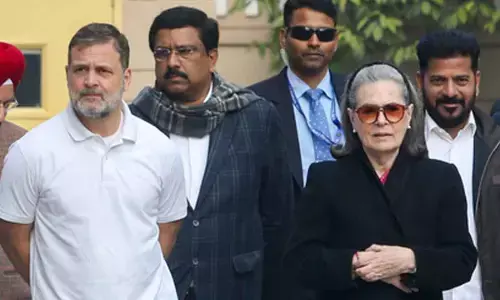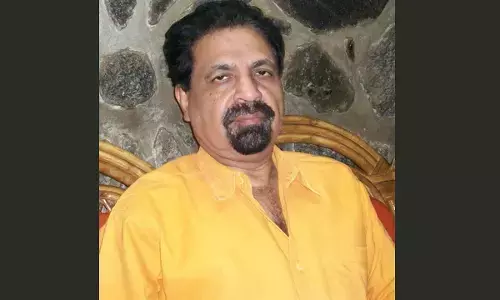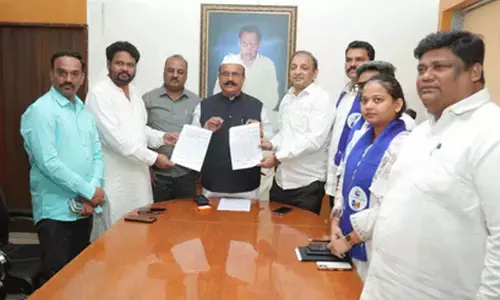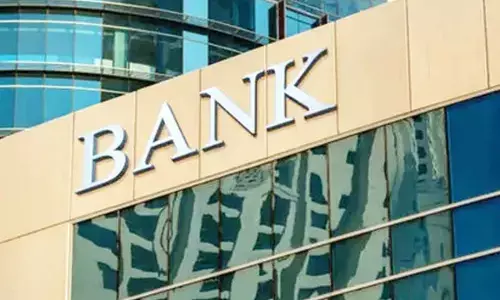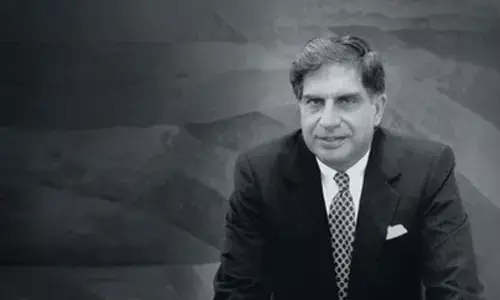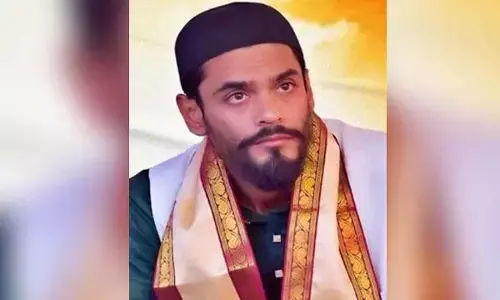Victoria Museum to regain its past glory

Renovation works at the Victoria Jubilee Museum have started after overcoming a plethora of problems. The works have been taken up with funds released by the 13th Finance Commission.
Renovation works at the Victoria Jubilee Museum have started after overcoming a plethora of problems. The works have been taken up with funds released by the 13th Finance Commission. The restoration works would be completed by March 2015 and the museum would be open to the public in April.

According to K Chitti Babu, former assistant director of the Department of Archaeology and Museums, Krishna district, the museum is set to regain its past glory once it is open for public after restoration.
The first floor-gallery housing precious paintings will be the new attraction of the museum. Huge granite and limestone sculptures of Gautama Buddha and Mahishasura Mardini and other artefacts are located on the museum premises with a good green cover. The artefacts in the museum include gold and silver coins, arms and weapons, utensils, pre-historic tools, stone and copper plates. There are also magnificent sculptures of Lord Shiva and other gods and goddesses and other figurines that date back to the fourth and fifth centuries in the museum. Access to the first floor has been restricted and it had not been put to use till now.
The foundation stone for the museum was laid by the then district Collector Robert Sewell in 1887. It was built in Indo-European style to mark the golden jubilee celebrations of Queen Victoria’s coronation. It was subsequently taken over by the Zamindars of Nuzvid and later by the Krishna Zilla Parishad.
Actually, it was built to host industrial exhibitions. But it turned into an archaeological museum after the Department of Archaeology and Museums, Andhra Pradesh, took over it in 1962. Since then, it has been housing rare and precious artifacts.
The museum has a rich history. In 1921, the All India Congress Committee (AICC) met here when Pingali Venkayya presented the tricolour flag to Mahatma Gandhi. Congress stalwarts Motilal Nehru, Jawaharlal Nehru, Sardar Vallabhbhai Patel, Lala Lajpat Roy, Babu Rajendra Prasad, Tanguturi Prakasam Panthulu and many others attended the meeting. Mahatma Gandhi immediately added the Chakra (Wheel) symbol to the flag design and declared it the Indian National Congress flag. After Independence, it evolved as the national flag.








